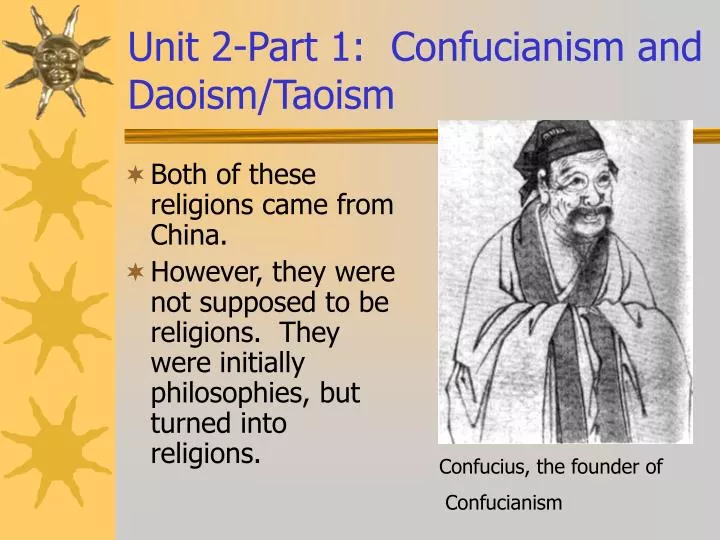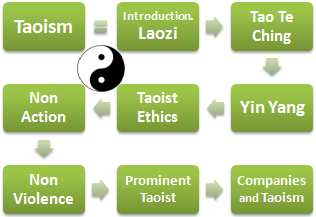Taoism and Confucianism are two of the most influential philosophical and religious traditions in East Asia. Both have roots in ancient China and have had a profound impact on the culture and way of life of the Chinese people. Despite their differences, these two traditions have also influenced each other over the centuries and continue to coexist in modern China.
Taoism, also known as Daoism, is a philosophical and religious tradition that emphasizes living in harmony with the Tao, or the natural order of the universe. The Tao is seen as an ultimate reality that is beyond words and concepts and can only be understood through non-dualistic means. The goal of Taoism is to become one with the Tao, to achieve balance and unity with the natural world, and to live a simple and unpretentious life.
The main text of Taoism is the "Tao Te Ching," which was written by the ancient Chinese philosopher Lao Tzu. It teaches that the Tao is the source of all things, and that it is the natural way of the universe. The Tao is seen as an infinite, eternal force that is beyond human understanding, and the best way to approach it is through non-action and non-attachment.
Taoism also emphasizes the importance of living a natural and unpretentious life. It teaches that humans should not try to impose their will on the world, but rather should allow things to unfold naturally. This is reflected in the Taoist concept of wu-wei, or non-action, which advises people to let go of their ego and let the world unfold as it will.
Confucianism, on the other hand, is a philosophical and ethical tradition that emphasizes social order, morality, and proper behavior. It was founded by the ancient Chinese philosopher Confucius, who believed that the key to creating a harmonious society was to cultivate virtue and moral character in individuals.
Confucianism emphasizes the importance of relationships, particularly the relationship between rulers and subjects, and the relationship between parents and children. It teaches that rulers should rule with benevolence and justice, and that subjects should be loyal and obedient. Confucianism also places a strong emphasis on filial piety, or the respect and duty that children owe to their parents.
Confucianism also emphasizes the importance of education and self-cultivation. Confucius believed that education was the key to cultivating virtue and moral character, and he believed that everyone had the potential to become a sage, or a wise and virtuous person.
Despite their differences, Taoism and Confucianism have had a significant influence on each other over the centuries. Taoist concepts such as wu-wei and the importance of living in harmony with nature have been incorporated into Confucianism, while Confucian values such as filial piety and the importance of relationships have also been embraced by Taoists.
In modern China, both Taoism and Confucianism continue to coexist and influence the culture and way of life of the Chinese people. While many people in China may identify as either Taoist or Confucian, it is not uncommon for people to draw from both traditions in their daily lives.
In conclusion, Taoism and Confucianism are two of the most influential philosophical and religious traditions in East Asia. They have roots in ancient China and continue to coexist and influence each other in modern China. While they have some differences, both traditions emphasize the importance of living in harmony with the natural world and cultivating virtue and moral character in individuals.









